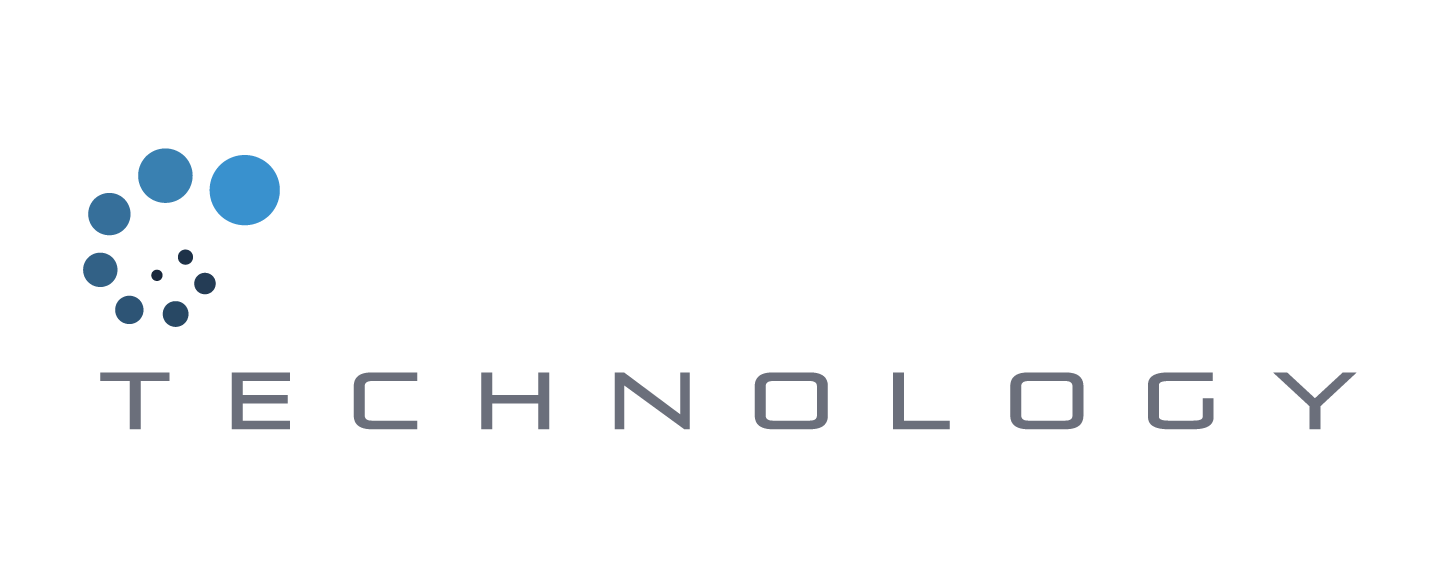Guilty until proven innocent. That’s the way I like to think of one of the most effective elements of a cybersecurity strategy.
The strategy is called whitelisting, which turns the traditional approach of blacklisting on its head. With blacklisting, known malicious entities are blocked, and everything else is allowed by default. With whitelisting, only preapproved software, applications and IP addresses can access a network. Everything else is barred. It’s like having a bouncer at your door, and only those on the VIP list can enter.
The Need For Whitelisting
A recent Cybercrime Magazine article predicts that global cybercrime costs will increase by 15% annually, reaching $10.5 trillion by 2025. They describe how this represents the largest economic wealth transfer in history, threatening innovation and surpassing the annual damage from natural disasters; it could soon be more profitable than the global trade of illegal drugs.
I think this truly puts the issue in perspective, highlighting the growing need for whitelisting. By only permitting known and trusted software to run, companies stop malware, ransomware and other threats dead in their tracks. If only vetted programs are allowed, unwanted guests don’t get a look-in.
Managing a whitelist might sound like a lot of work, but I find it can be less demanding than orchestrating a comprehensive blacklist, especially for companies that have a limited number of legitimate and well-known applications.
This zero-trust approach, which I recommend and implement for my clients, is particularly relevant for highly regulated industries, especially financial services. It helps guarantee that only compliant software and systems are allowed to perform, which, of course, means any legal requirements are met.
Best Practices For Implementation
Putting whitelisting into effect pays dividends at the end of the day—so it’s worth putting effort into getting its introduction right. Here are some best practices to consider.
- Comprehensive inventory. Begin with a thorough deep-dive audit of all existing software and systems to create a baseline inventory that will be the initial whitelist of approved “guests.”
- Regular updates. Regularly review and update the whitelist to accommodate necessary changes and additions, ensuring that the list continuously remains relevant and robust.
- Automate processes. Let technology take some of the load. Use automated tools to help manage the whitelist, track application usage and enforce rules. Automation can significantly reduce the administrative burden and, at the same time, minimize human error.
- User education. Help your team get on board by clearly explaining why whitelisting matters and what’s in it for them. Discuss its benefits and limitations with your employees to reduce possible resistance to its implementation and encourage compliance. Transparent communication about the reasons for restrictions can boost user cooperation.
- Layered security approach. Employ whitelisting as part of a layered security strategy. I recommend complementing it with other security measures such as strong authentication protocols, encryption and regular security audits to create a comprehensive defense against cyber threats.
Wrapping It Up
Whitelisting presents a proactive and innovative approach to network security, allowing organizations to effectively minimize the risk of security breaches by rigorously controlling what software and applications are permitted to run on their systems. By preapproving only trusted and verified programs, businesses can create a robust defense against malware, ransomware and other emerging threats.
While implementing and maintaining a whitelist requires significant effort and attention to detail, I’ve found the benefits far outweigh the challenges. Organizations may initially face hurdles such as resource allocation, user resistance and the complexities of auditing existing applications. However, with careful planning, thorough training and a commitment to regular updates, these challenges can be managed effectively.
Moreover, whitelisting can become a cornerstone of your cybersecurity strategy. By adopting a zero-trust mindset—where every application is treated as potentially harmful until proven safe—companies can fortify their defenses and significantly reduce the likelihood of cyber incidents.
Endpoints, including computers, laptops, and mobile devices, serve as entry points to your organization’s network. They are often the target of cybercriminals aiming to gain unauthorized access, distribute malware, or steal sensitive information. Without effective endpoint protection, these devices are vulnerable to various threats, including malware infections, ransomware attacks, and phishing attempts. Endpoint protection solutions employ a range of technologies such as antivirus software, firewall, intrusion prevention, and behavior monitoring to detect and mitigate threats in real-time. By securing endpoints, organizations can establish a strong line of defense against malicious activities and prevent potential network breaches.
Endpoint protection plays a crucial role in securing networks by protecting individual devices from malicious attacks and preventing unauthorized access. By implementing comprehensive endpoint protection solutions, organizations can strengthen their overall network security, safeguard sensitive data, and mitigate the risks posed by advanced cyber threats. Don’t overlook the importance of endpoint protection—make it an integral part of your cybersecurity strategy to ensure a resilient and secure network environment. Safeguard your network, protect your data, and stay one step ahead of cyber threats with robust endpoint protection measures.
(Originally posted for Forbes Business Council)







